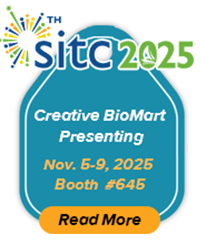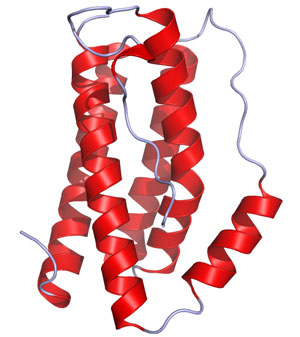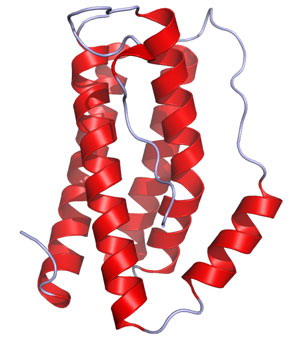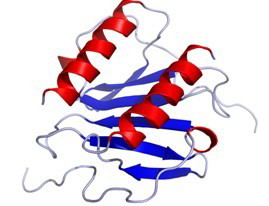IVD of Inflammation
🧪 IL8-11727H
Source: E.coli
Species: Human
Tag:
Conjugation:
Protein Length: 1-99a.a.
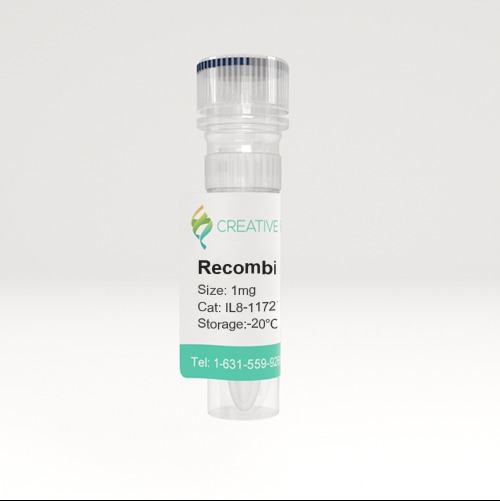
🧪 HP-13916H
Source: E.coli
Species: Human
Tag:
Conjugation:
Protein Length: C-term-228a.a.

🧪 LTF-155H
Source: Rice Flour
Species: Human
Tag:
Conjugation:
Protein Length:
$159.50
$319
/ 100mg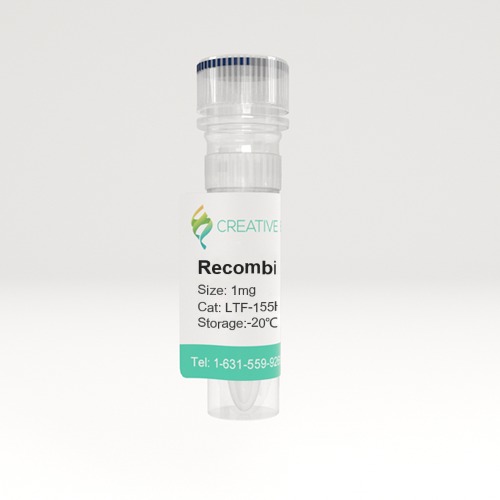
🧪 IL8-324H
Source: CHO
Species: Human
Tag:
Conjugation:
Protein Length: 23-99 a.a.

🧪 SAA1-2497H
Source: E.coli
Species: Human
Tag:
Conjugation:
Protein Length: 1-122 aa
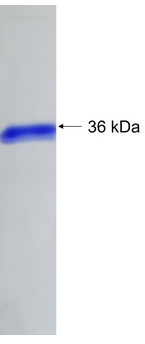
🧪 SAA4-2498H
Source: E.coli
Species: Human
Tag:
Conjugation:
Protein Length: Glu19~Tyr130
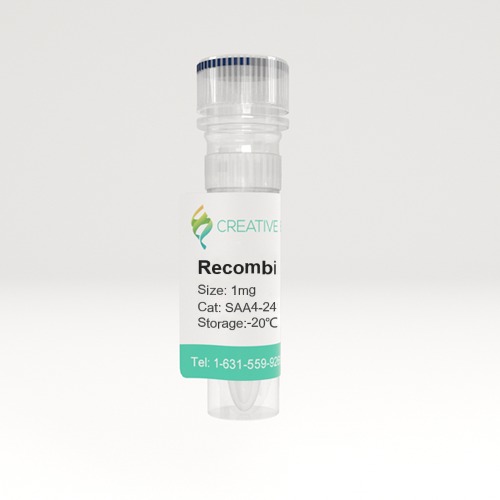
🧪 TF-3192H
Source: E.coli
Species: Human
Tag:
Conjugation:
Protein Length: 347-698aa
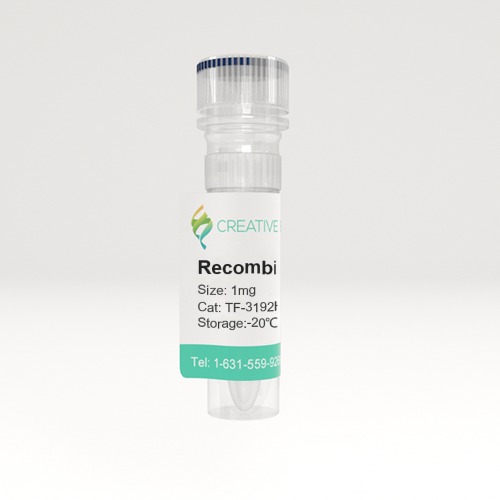
🧪 IL6-326
Source: Yeast
Species: Cynomolgus
Tag:
Conjugation:
Protein Length: 185 aa

🧪 LCN2-042H
Source: HEK293
Species: Human
Tag:
Conjugation:
Protein Length: Gln21-Gly198
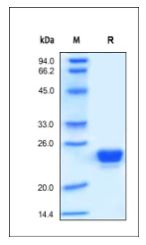
What Is Inflammation?
Inflammation is the body's response to injury or infection. It's a defense system made up of white blood cells and chemicals that protect the body from invading bacteria and viruses. But inflammation can also be caused by the immune system defending itself against its own tissues, triggering autoimmune diseases like rheumatoid arthritis.
What are the types of inflammation?
Acute Inflammation:
Minimal duration, caused by injury or disease. The symptoms such as redness, heat, swelling, and pain occur quickly but pass after a few days. Examples include a sore throat, a cut on the skin, or an illness like the flu.
Chronic Inflammation:
Long-lasting, perhaps lasting for months or years after the original trigger is gone. It is commonly caused by autoimmune diseases, where the immune system mistakenly attacks normal tissues and causes chronic inflammation.
Subacute Inflammation:
A transitional phase between acute and chronic inflammation, generally lasting between 2 to 6 weeks.

What are the Causes of Inflammation?
- Infections (bacterial, viral, or fungal)
- Exposure to irritants, toxins, or foreign materials
- Injury or trauma
- Autoimmune response
- Chronic stress
- Poor lifestyle factors such as lack of exercise, unhealthy diet, and smoking.
What Are The Symptoms Of Inflammation?
Redness, pain, heat, swelling, and dysfunction in the affected region. Chronic inflammation can cause nonspecific symptoms such as fatigue, fever, pain, and GI distress. Inflammation can also trigger a variety of systemic symptoms, such as mood swings, recurring infections, and hormonal imbalances.
What are the Treatment of Inflammation?
Medication:
- Nonsteroidal anti-inflammatory drugs (NSAIDs) such as ibuprofen,
- Corticosteroids to reduce severe inflammation,
- Disease-modifying antirheumatic drugs (DMARDs) for autoimmune-related inflammation.
Lifestyle Changes:
- Following an anti-inflammatory diet (fruit, vegetables, nuts and lean proteins),
- Regular physical activity,
- Stress management techniques,
- Avoiding smoking and excessive alcohol consumption.
Surgical Interventions:
At the most extreme, it might require surgery to repair or replace injured tissue or joints.
Herbal Remedies:
Some herbs like turmeric and ginger have anti-inflammatory effects.
What Are The Biomarkers Of Inflammation?
The biomarkers of inflammation are substances that can be detected in the body to indicate the presence of inflammation. Some common biomarkers include:
C-reactive protein (CRP): Released by the liver in the midst of inflammation, excessive CRP in the blood can be an indicator of inflammation.
Erythrocyte sedimentation rate (ESR): This test is used to determine the number of red blood cells that settle at the bottom of a test tube. The increased rate of sedimentation is a symptom of inflammation.
Fibrinogen: An elevated level of fibrinogen, which is a blood clotting protein, also indicates inflammation.
Serum protein electrophoresis (SPEP): This test measures certain proteins in the blood, and can help diagnose inflammation-related problems.
Pro-inflammatory Cytokines: These include various signaling proteins like interleukins (e.g., IL-6, IL-1β), tumor necrosis factor (TNF-alpha), and interferons that influence the immune system and inflammation.
Serum Amyloid A (SAA): An inflammatory protein that increases in levels during inflammation.
Leukocyte Count: An elevated white blood cell count can indicate an inflammatory reaction as these cells are central players in the immune system.
These markers are nonspecific, which is to say that they can show that inflammation is taking place, but they do not pinpoint its exact cause.
Case Study
Case 1: Hunter SK, Hoffman MC, D'Alessandro A, Noonan K, Wyrwa A, Freedman R, Law AJ. Male fetus susceptibility to maternal inflammation: C-reactive protein and brain development. Psychol Med. 2021 Feb;51(3):450-459. doi: 10.1017/S0033291719003313. Epub 2019 Dec 2. PMID: 31787129; PMCID: PMC7263978.
Maternal infection, depression, obesity, and other factors associated with inflammation were assessed at 16 weeks gestation, along with maternal C-reactive protein (CRP), cytokines, and serum choline. Cerebral inhibition was assessed by inhibitory P50 sensory gating at 1 month of age, and infant behavior was assessed by maternal ratings at 3 months of age.
 Fig2. Top: Effects of maternal choline levels and maternal CRP on male newborn P50S2 (left) and IBQ-R Regulation (right). Bottom: Effects of maternal choline levels and maternal CRP on female newborn P50S2 (left) and IBQ-R Regulation (right).
Fig2. Top: Effects of maternal choline levels and maternal CRP on male newborn P50S2 (left) and IBQ-R Regulation (right). Bottom: Effects of maternal choline levels and maternal CRP on female newborn P50S2 (left) and IBQ-R Regulation (right).Case 2: Lee JY, Hall JA, Kroehling L, et al. Serum Amyloid A Proteins Induce Pathogenic Th17 Cells and Promote Inflammatory Disease. Cell. 2020 Jan 9;180(1):79-91.e16. doi: 10.1016/j.cell.2019.11.026. Epub 2019 Dec 19. Erratum in: Cell. 2020 Dec 23;183(7):2036-2039. doi: 10.1016/j.cell.2020.12.008. PMID: 31866067; PMCID: PMC7039443.
Using loss- and gain-of-function mouse models, they demonstrate that SAA1, SAA2, and SAA3 play different roles both globally and locally in the development of Th17-mediated inflammatory disease. Such research demonstrates that SAA-mediated T cell signalling pathways may be promising candidates for anti-inflammatory interventions.
 Fig3. Human SAA expression in inflamed tissue and induction of TH17 cell differentiation. (D and E) Representative confocal images (D) and quantification of SAA1/2 by fluorescence integrated optical density (FIOD) levels (E) show prominent SAA expression in biopsies of inflamed tissue from ulcerative colitis (UC, n = 7) patients. Panels from left to right: Healthy (n = 2), UC-uninflamed, and UC-inflamed. Scale bar corresponds to 50μm. SAA1/2 (green), EPCAM (red) and nucleus (Draq7; blue).
Fig3. Human SAA expression in inflamed tissue and induction of TH17 cell differentiation. (D and E) Representative confocal images (D) and quantification of SAA1/2 by fluorescence integrated optical density (FIOD) levels (E) show prominent SAA expression in biopsies of inflamed tissue from ulcerative colitis (UC, n = 7) patients. Panels from left to right: Healthy (n = 2), UC-uninflamed, and UC-inflamed. Scale bar corresponds to 50μm. SAA1/2 (green), EPCAM (red) and nucleus (Draq7; blue).Case 3: Jiang B, Wang D, Hu Y, Li W, Liu F, Zhu X, Li X, Zhang H, Bai H, Yang Q, Yang X, Ben J, Chen Q. Serum amyloid A1 exacerbates hepatic steatosis via TLR4-mediated NF-κB signaling pathway. Mol Metab. 2022 May;59:101462. doi: 10.1016/j.molmet.2022.101462. Epub 2022 Mar 3. PMID: 35247611; PMCID: PMC8938331.
Male mice were exposed to an HFD diet for 16 weeks and mice were then assessed for insulin resistance, hepatic steatosis and inflammation. We genetically engineered murine SAA1/2 to find out whether SAA1 was involved in NAFLD.
 Fig4. SAA1/2 deficiency protects HFD-induced glucose disorders and insulin resistance. (J-L) Representative western blot images (top) and quantifications (bottom) of AKT phosphorylation in epiWAT (J), liver (K), and skeletal muscle (L) from WT and SAA1/2−/− mice stimulated by insulin (n = 4).
Fig4. SAA1/2 deficiency protects HFD-induced glucose disorders and insulin resistance. (J-L) Representative western blot images (top) and quantifications (bottom) of AKT phosphorylation in epiWAT (J), liver (K), and skeletal muscle (L) from WT and SAA1/2−/− mice stimulated by insulin (n = 4).